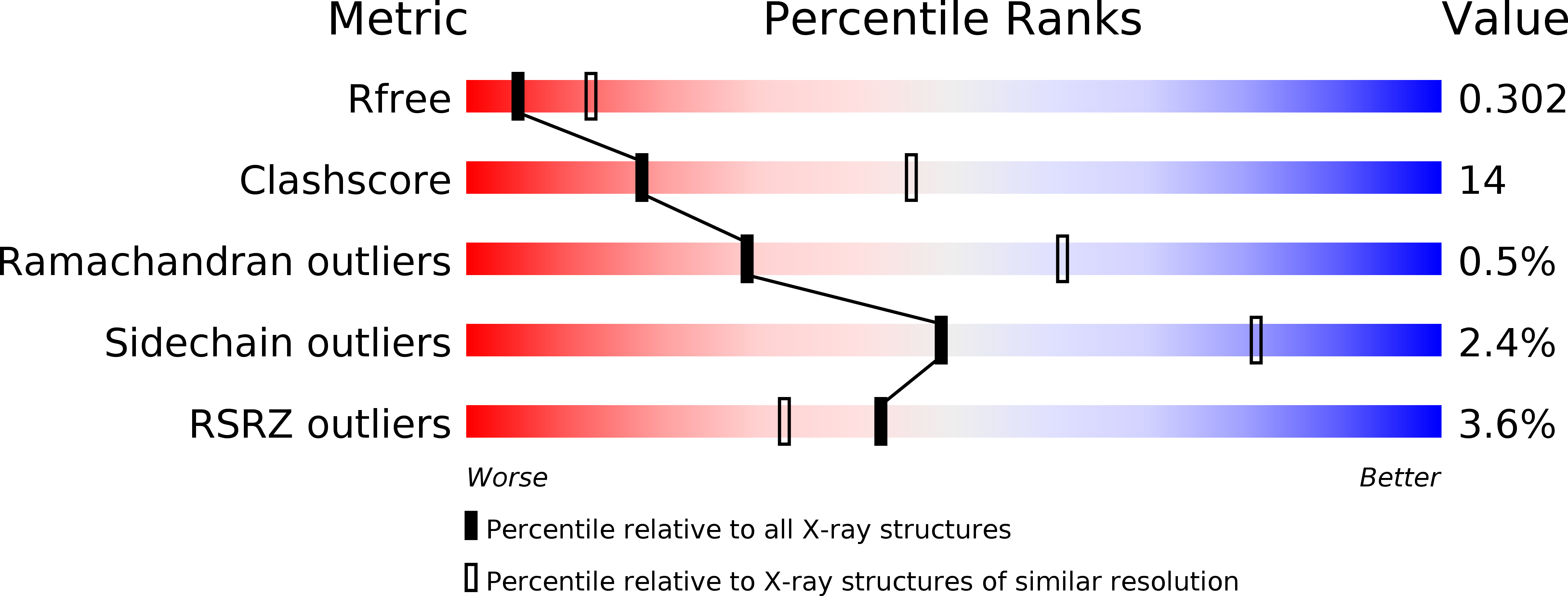
Deposition Date
2009-06-22
Release Date
2009-07-14
Last Version Date
2023-11-01
Method Details:
Experimental Method:
Resolution:
2.80 Å
R-Value Free:
0.29
R-Value Work:
0.22
R-Value Observed:
0.22
Space Group:
C 2 2 21


